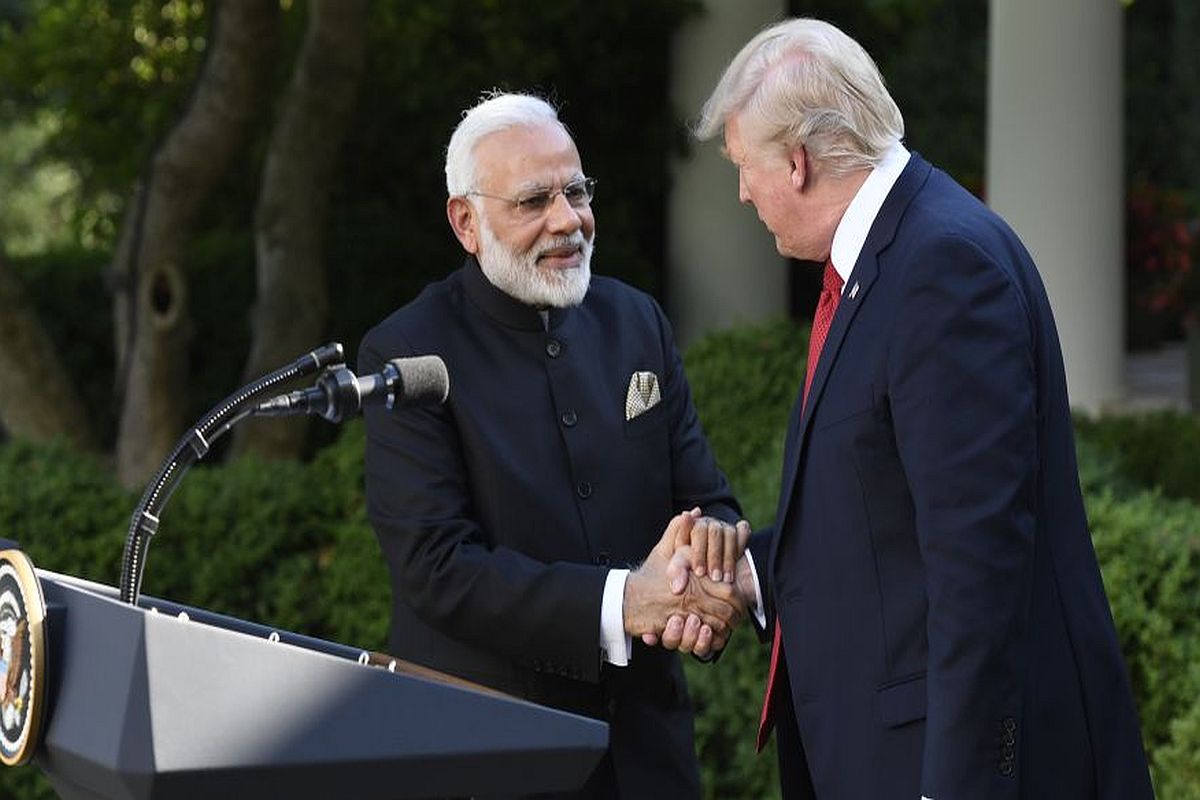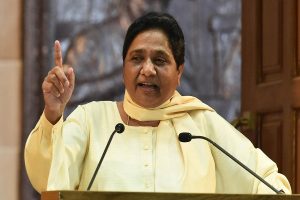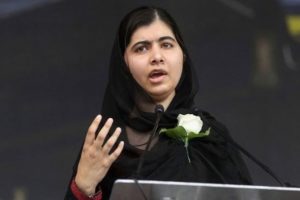In the first phone call after the US President expressed concerns over the raging Indo-Sino border dispute, Prime Minister Narendra Modi and Donald Trump on Tuesday evening discussed the continuing military standoff between Indian and Chinese soldiers in eastern Ladakh as well as the growing unrest in America over the death of an unarmed black man named George Floyd at the hands of the police, among several others matters.
Following the conversation, PM Modi in a series of tweets, said that he had a warm and productive conversation with his “friend” Donald Trump.
Advertisement
“We discussed his plans for the US Presidency of G-7, the COVID-19 pandemic, and many other issues,” he said.
“The richness and depth of India-US consultations will remain an important pillar of the post-COVID global architecture,” PM Modi tweeted.
Although Prime Minister Narendra Modi did not mention that the border issue was explicitly discussed, the Ministry of External Affairs’ communique listed it among the “topical” subjects that were discussed.
“The two leaders also exchanged views on other topical issues, such as the COVID-19 situation in the two countries, the situation on the India-China border, and the need for reforms in the World Health Organisation,” said an MEA statement.
This is for the first time that the government has indicated that the standoff between India and China has been brought up with a third country.
In the midst of the flare-ups between Indian and Chinese armies, Trump last Wednesday said he was “willing to mediate” between the two countries. He reiterated the offer on Thursday as well.
However, in a carefully crafted reaction to Trump’s offer to arbitrate, India said it was engaged with China to peacefully resolve the border row.
“We are engaged with the Chinese side to peacefully resolve it,” External Affairs Ministry Spokesperson Anurag Srivastava said last week.
“The two sides have established mechanisms both at military and diplomatic levels to resolve situations which may arise in border areas peacefully through dialogue and continue to remain engaged through these channels,” he said.
Several areas along the LAC in Ladakh and North Sikkim have witnessed major military build-up by both the Indian and Chinese armies recently, in a clear signal of escalating tension and hardening of respective positions by the two sides even two weeks after they were engaged in two separate face-offs.
The nearly 3,500-km-long LAC is the de-facto border between the two countries.
Indian and Chinese troops have remained engaged in an eyeball-to-eyeball situation in several areas along the LAC in eastern Ladakh, signalling that the standoff could become the biggest military face-off after the Doklam crisis in 2017.
The US had on Monday voiced its concern over the “Chinese aggression” against India along the Line of Actual Control in Ladakh. Chief of the US House of Representatives Foreign Affairs Committee Elliot Engel on Monday called China a”bully” and asked it to “respect norms and use diplomacy and existing mechanisms to resolve its border questions”.
“I am extremely concerned by the ongoing Chinese aggression along the Line of Actual Control on the India-China border. China is demonstrating once again that it is willing to bully its neighbours rather than resolve conflicts according to international law,” top American lawmaker said.
Meanwhile, the MEA in its statement also noted that PM Modi “expressed concern regarding the ongoing civil disturbances in the US, and conveyed his best wishes for an early resolution of the situation”.
The two leaders discussed “topical issues, such as the COVID-19 situation in the two countries… and the need for reforms in the World Health Organisation”, the statement said.
Trump last Friday had announced termination of its ties with the WHO, a move he has threatened throughout the coronavirus pandemic and one that earned quick criticism from both sides of the aisle.
Addressing the press conference at the White House, Trump said, “Because they have failed to make the requested and greatly needed reforms, we will be today terminating our relationship with the World Health Organization and redirecting those funds to other worldwide and deserving, urgent global public health needs.”











